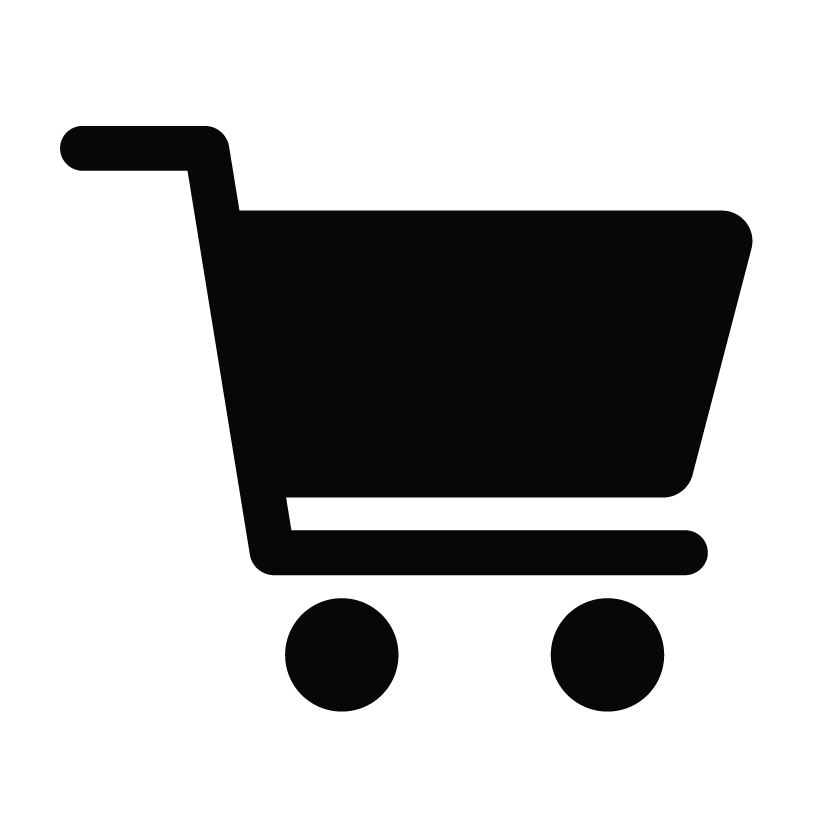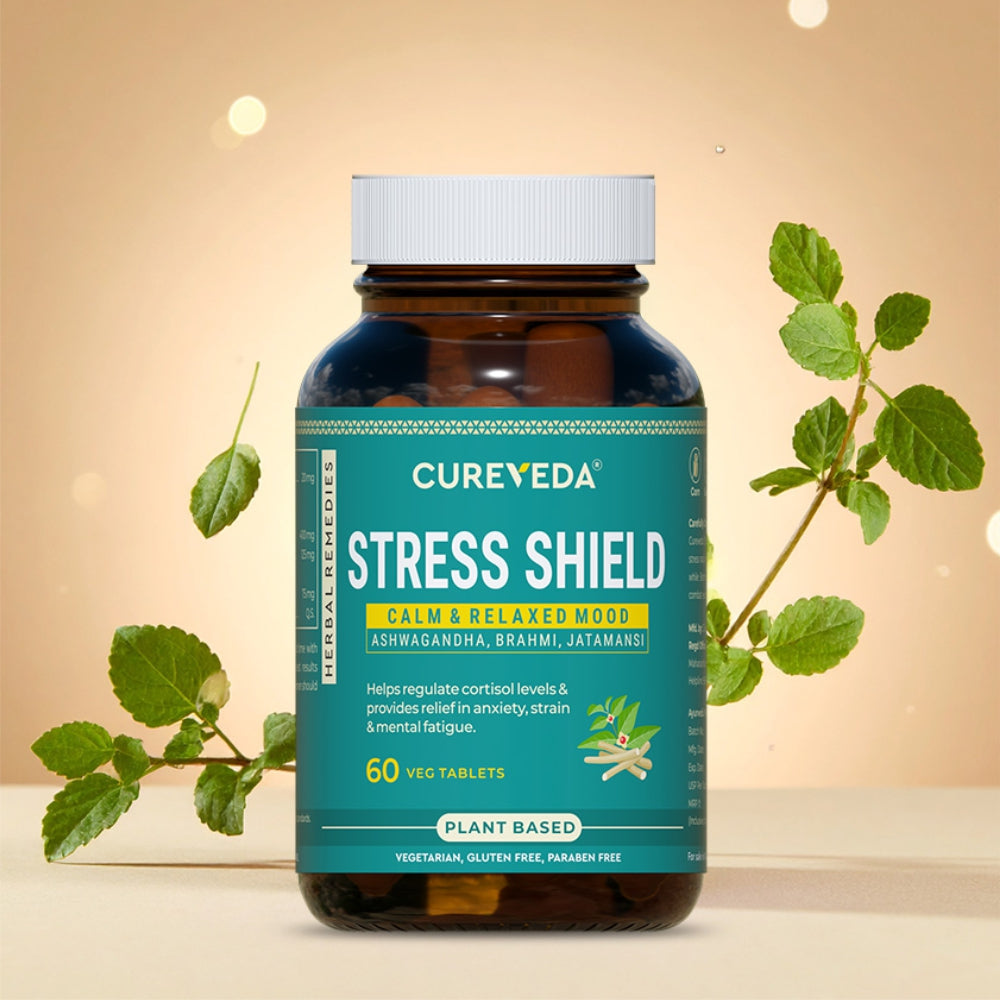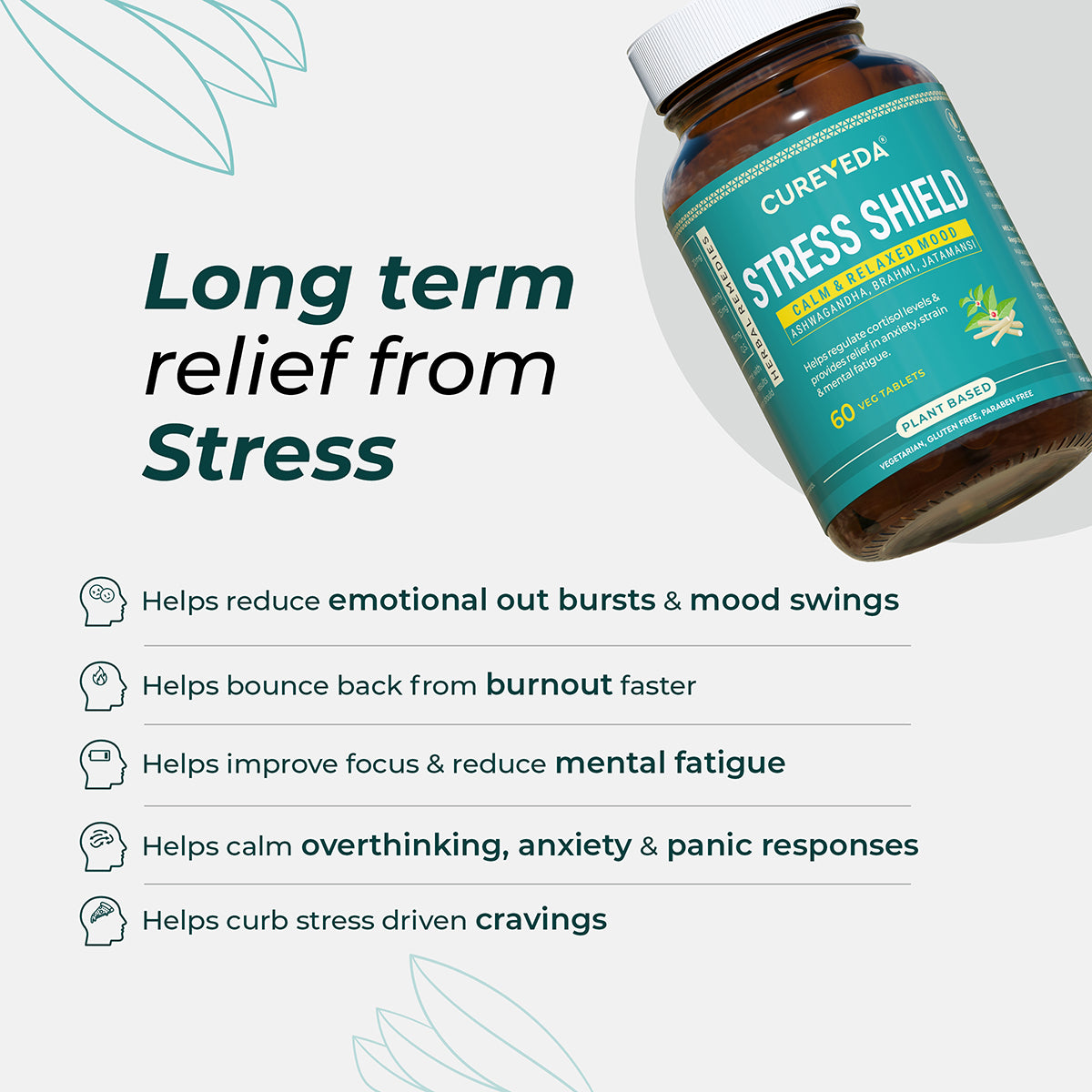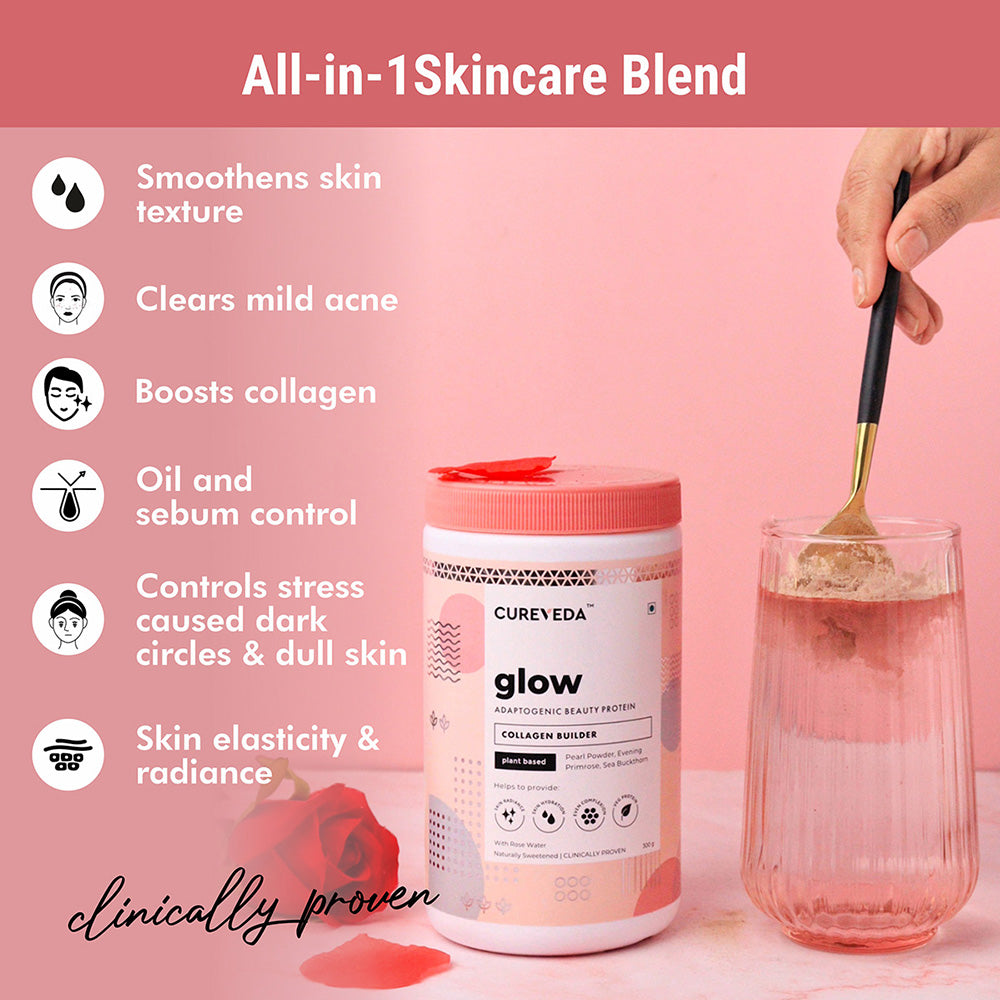Article: Mukhadushika (Pimple/Acne Vulgaris) | Pimple and Acne Treatments
Mukhadushika (Pimple/Acne Vulgaris) | Pimple and Acne Treatments
Mukhadushika, commonly known as acne vulgaris, is one of the most widespread skin conditions affecting adolescents and young adults. With changing lifestyles, hormonal fluctuations, stress, pollution, and poor diet habits, the cases of pimples and breakouts have increased significantly. This blog discusses the Ayurvedic treatment for Mukhadushika, causes, types, worsening factors, and holistic skincare guidelines.
In the modern era, factors such as stress, increasing pollution, hormonal changes, dietary changes, and lifestyle shifts have led to a rise in acne vulgaris among young individuals. Adolescents are particularly susceptible to this condition. In a Thai study of 2,467 people, moderate-to-severe acne appeared in 22% and 8% respectively linked to diet.
Acne vulgaris, derived from the Greek word "acme," meaning "prime of life," is a common problem that can cause severe psychological distress and potential scarring. Although acne is not life-threatening, it significantly impacts the quality of life of those affected. The goal of treatment is to clear lesions, prevent scarring, and minimize treatment-related side effects and psychosocial consequences.
Classification of Acne
Acne can be classified based on the predominance of specific skin lesions:
| Type | Severity | Description |
|---|---|---|
| Comedonal | Mild | Blackheads/whiteheads |
| Papular | Mild–Moderate | Small red bumps |
| Pustular | Moderate | Pus-filled lesions |
| Nodulocystic | Severe | Deep cysts & scarring |
This classification follows increasing severity, with cutaneous scarring as the ultimate result.
Etiology of Acne
1. Increased Sebum Secretion:
Androgens control sebaceous gland activity. Testosterone, produced in the testes and, in females, the adrenal glands and ovaries, affects the face, pubic area, and armpits. Hormonal changes, particularly during menarche, make sebaceous glands hyperactive.
2. Microbial Colonization:
Propionibacterium acnes is a normal commensal, but the gut-skin connection influences inflammation and breakout risk. P. acnes is found in 68% of one-day acne lesions and 79% of three-day lesions, showing strong inflammation link.
3. Occlusion of Pilosebaceous Duct:
Chemicals can induce a keratinous plug, leading to sebum retention and microbial growth.
4. Exogenous Substances:
Tars, chlorinated hydrocarbons, oily cosmetics, corticosteroids, lithium, oral contraceptives, and anticonvulsants can aggravate acne.
Factors Worsening Acne
- Menstrual Cycle: Hormonal changes before menstruation can worsen acne.
- Anxiety and Stress: Increased cortisol and adrenaline levels can exacerbate acne.
- Oil-based Makeup: These can block pores and worsen acne.
- Hot and Humid Climates: Increased sweating can aggravate acne.
- Greasy Hair Products: These can have similar effects as oil-based makeup.
- Squeezing Pimples: This can worsen acne and lead to scarring.

Stages and Types of Acne
- Comedones: Open comedones (blackheads) and closed comedones (whiteheads).
- Papules and Pustules: Inflamed lesions.
- Nodules and Cysts: Deeper, severe lesions.

Ayurvedic Dosha Explanation for Acne
According to Ayurveda, Mukhadushika is primarily caused by Pitta imbalance, often accompanied by Kapha aggravation and mild Vata disturbance.
-
Pitta → inflammation, redness, burning
-
Kapha → oiliness, clogged pores, whiteheads
-
Vata → dryness, dark marks, irregular breakouts
This DOSHA explanation increases topical authority.
Ayurvedic Treatment for Acne
Ayurvedic treatment involves two main approaches: Shodhana Chikitsa (Purification Therapy) and Shamana Chikitsa (Palliative Therapy).
Shodhana Chikitsa
- Vaman (Emesis): Effective for subsiding Kaphaja abnormalities and acne.
- Nasya (Errhine Therapy): Administering medicines through the nasal route for diseases above the clavicle, including acne.
- Virechana (Purgation): Specific for Pitta Dosha, removing excess Pitta from the body.
Shamana Chikitsa (External Treatment)
- Topical Applications: Powders, pastes, oils, ghee, and gels made from Ayurvedic herbs.
- Lepa (Face Pack): Prepared with Chandana, Maricha, Arjuna bark, and milk, or Manjistachurna with Madhu.
- Kumkumadi Taila: For facial massage.
- Internal Medications: Nimba churna, Haridradilepa, Manjistadi taila, Masuradal with milk, Haridrachurna with Arka ksheera.
Surgical and Para-Surgical Treatments
- Chedana (Excision)
- Agni Karma (Cauterization)
- Kshara Karma (Application of Alkaline Substances)
- Rakta Mokshana (Bloodletting)
- Siravyadha (Venesection)
These procedures are used when medical treatment is ineffective, though they may have complications.
Diet and Lifestyle Recommendations
Avoid hot, spicy foods and oily makeup. Instead, follow a balanced diet rich in antioxidants — as discussed in nutrition and skin glow, a Cureveda article explaining how diet deeply affects skin health.
- Hot, spicy, oily, fried, and pungent foods.
- Junk food, fast food, and incompatible food combinations like milk with fish.
In 24,452 adults, fatty/sugary foods (aOR 1.54) and milk (aOR 1.12) were significantly associated with current acne.
Recommended:
- Bitter foods such as Patola, Giloya, and Methika.
- Fresh green leafy vegetables.
- Adequate water intake, especially lukewarm water.
- Regular skin cleaning.
- Mental relaxation techniques like meditation and yoga.
Ayurvedic Daily Skincare Routine for Acne
Morning:
-
Wash face with neem/triphala water
-
Apply aloe vera gel
-
Use light herbal moisturizer
Evening:
-
Cleanse with mild herbal face wash
-
Apply Kumkumadi Taila or manjistha paste
Weekly:
-
Multani mitti + rose water pack
-
Steam with tulsi leaves water
Home Remedies for Acne
-
Apply neem paste for its antibacterial effect
-
Use multani mitti + rose water once a week
-
Wash face with triphala water
-
Drink turmeric + warm water daily
-
Steam face with tulsi water (once a week)
Conclusion
Mukhadushika (acne) is a common issue among adolescents. Ayurveda offers a holistic approach to managing acne through Shodhana and Shamana Chikitsa, with treatments tailored to the severity of the condition. The goal is to mitigate symptoms, prevent scarring, and improve overall skin health.
Building healthy skin isn’t just about external treatment; combining Ayurvedic therapies with nutritional support and understanding the benefits of collagen for skin can prevent scarring and maintain glow.
Ayurvedic medicines and treatments should be taken under the supervision of a qualified Ayurvedic doctor/physician. The information provided is for general educational purposes and should not be used without consulting a qualified Ayurvedic doctor/physician.
FAQs
1. Can Ayurveda cure acne permanently?
Ayurvedic treatment for acne helps balance doshas, reduce inflammation, detoxify skin, and manage Mukhadushika naturally, but results depend on lifestyle consistency.
2. Which dosha causes acne?
Mukhadushika primarily occurs due to aggravated Pitta dosha, often combined with Kapha imbalance, causing excess oil, inflammation, clogged pores, and recurring pimples.
3. Is Kumkumadi Taila good for pimples?
Yes, Kumkumadi Taila supports acne healing, reduces marks, balances Pitta, and complements Ayurvedic treatment for acne with gentle natural skincare benefits.
4. Does diet affect acne?
Yes, oily, spicy foods aggravate Pitta and Kapha, worsening Mukhadushika; following a balanced Ayurvedic diet helps reduce pimples effectively.
5. Which herbs are best for acne?
Neem, turmeric, lodhra, and manjistha support Ayurvedic treatment for acne by reducing inflammation, balancing doshas, cleansing skin, and preventing recurrent Mukhadushika breakouts.



 Shop All Products
Shop All Products




